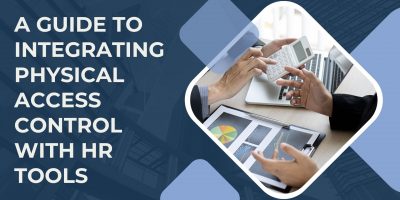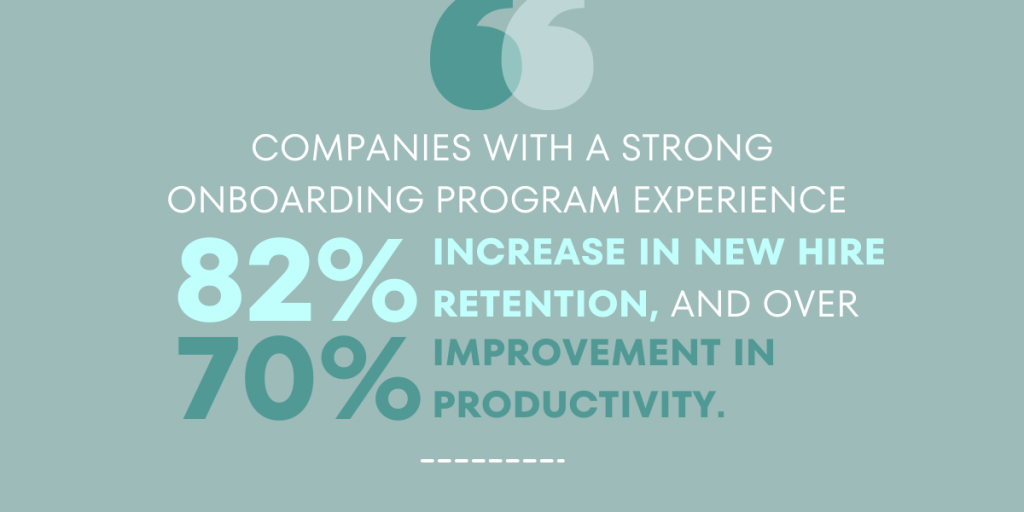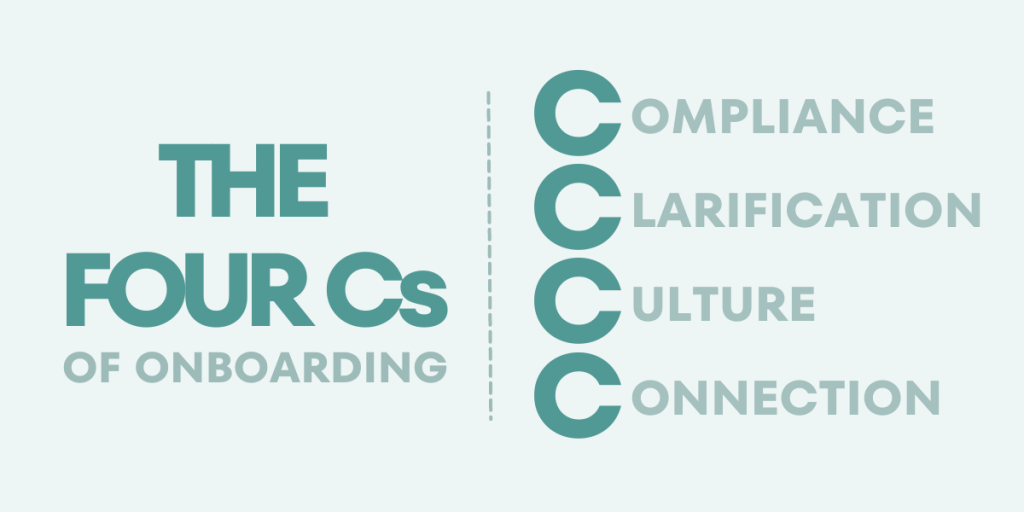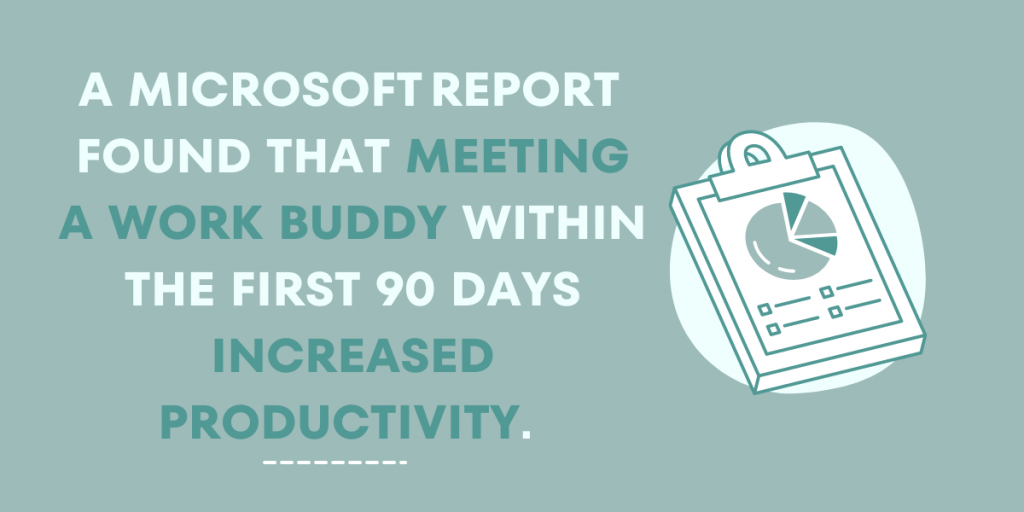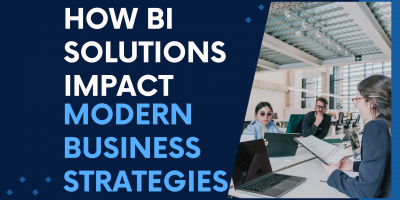As an umbrella term for acclimating new workers to the organization, onboarding is an all-encompassing process that, when done correctly, can improve employee satisfaction, retention, and productivity.
It includes many aspects, from pre-boarding and welcome sessions to goal setting, tracking, and mentorship. With the help of HR experts and managers or supervisors, effective onboarding should help employees feel welcomed and more confident in their roles.
Unfortunately, Gallup reports that less than a third of workers, or 29%, felt fully prepared and supported after their onboarding experience.
To ensure this doesn’t happen, it’s vital to understand the comprehensive nature of this process, summed up in these five stages:
Acquainting the employee with compliance policies, benefits package information, an employee handbook, dress codes, and other resources before arrival.
Introducing workers to colleagues, management, and leaders upon arrival, answering questions, filling out paperwork, setting expectations, and familiarizing them with the company culture and policies.
- Stage 3: Employee Training
Setting up workshops, mentoring, and encouraging employees to ask questions to speed up the learning curve.
- Stage 4: Transition to the New Role
Integrating new hires and their cultural immersion into the team.
- Stage 5: Regular Feedback & Check-ins
After the first few months, employees and their managers should continue with regular feedback on both ends to identify potential challenges or concerns and prevent them from affecting performance or job satisfaction.
While these are the main phases of the onboarding process chronologically, creating a solid onboarding process requires understanding another critical approach, or the “Four C’s.”
Coined by Dr. Tayla Bauer, the Four Cs of onboarding stand for:
- Compliance – Basic rules, policies, and paperwork
- Clarification – Role expectations and responsibilities
- Culture – Norms of the company
- Connection – Social acceptance and co-worker relationships
They represent the different layers of this process, emphasizing the need to move away from the simple orientation and comprehend the complexity and value of professional and social acclimation.
